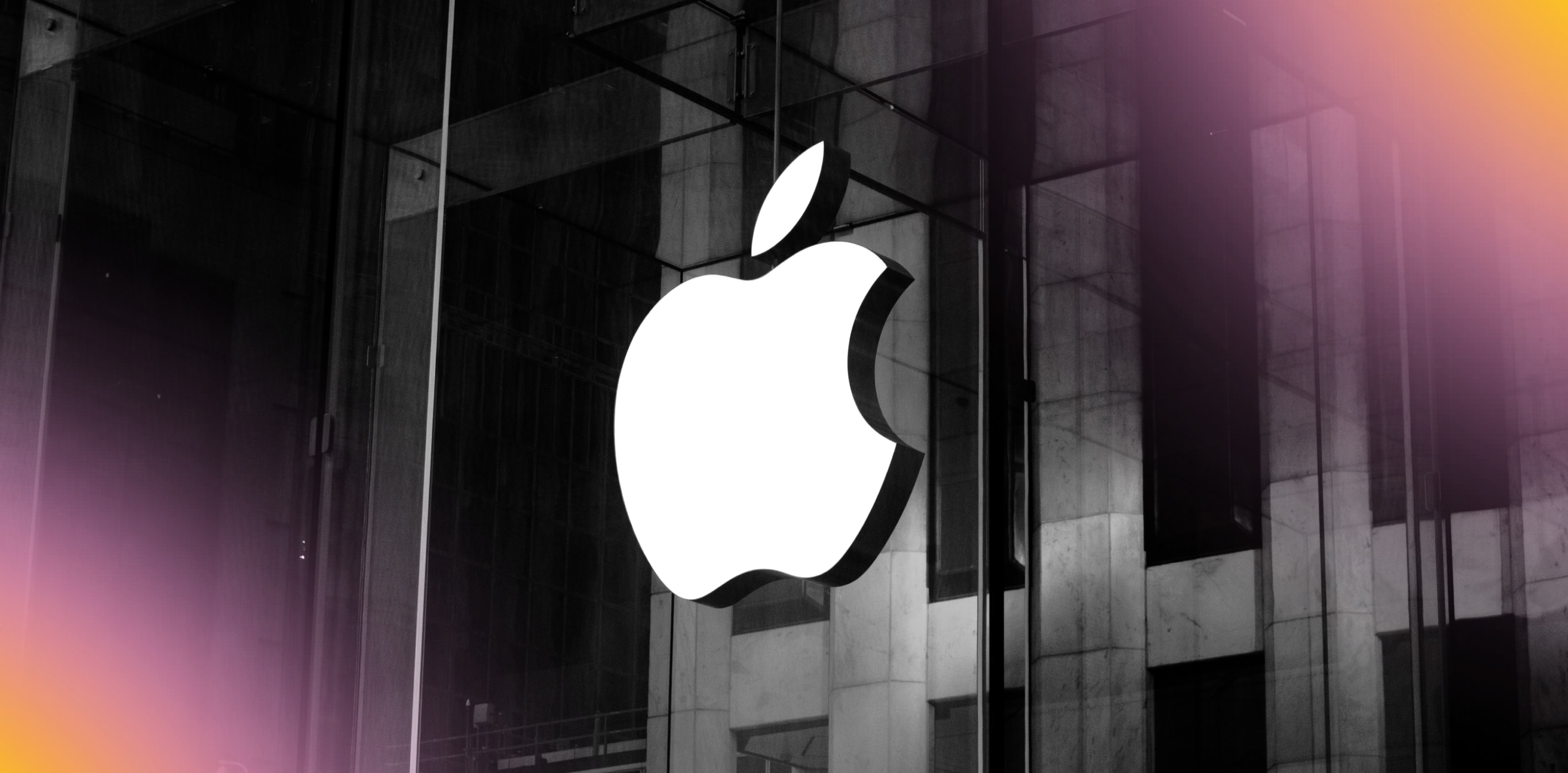One of the major economic developments of 2020 has been the acceleration of consumer trends. Consumer spending habits that were once measured quarter-over-quarter are now being reacted to by small businesses week-over-week. External forces ranging from the unemployment rate to the size of federal stimulus packages are depleting the spending power of some demographics while bolstering others. During an analyst call at the end of September, multiple consulting firms confirmed to CNBC that the road to recovery will not be the same for all Americans. “We are going to see groups of consumers recover differently [from the pandemic],” said Rod Sides, a vice chairman at Deloitte and its retail and distribution sector leader. This uneven recovery has created “land grab” opportunities for some sectors, while others are simply fighting for economic survival. When you combine these boom-or-bust conditions with COVID-19 protocols that have impacted in-person shopping, it’s easy to understand why the eCommerce market has become hyper**competitive**.
An Adaptive Consumer
A recent survey conducted by the consulting firm McKinsey & Company sought to define American consumer sentiments, behaviors, income, spending, and expectations moving forward into 2021. In terms of spending habits, the survey found that Americans are changing their behaviors in droves, with the following year-over-year increases:
+37% are more mindful of where they spend their money
+37% are looking for ways to save money while shopping
+20% are spending time researching brand and product choices before buying
Additionally, the survey found that COVID-19 protocols and potential lockdowns through Q121 will contribute to a 20%-40% increase in online purchasing across the board. Hybrid offerings like curbside pickup and grocery delivery also skyrocketed this year, indicating that consumers are comfortable adapting alongside businesses where there is a premium placed on convenience and speed.
Attracting A Discerning Customer Base
With discretionary spending tightening and consumers showing a willingness to adapt if it benefits them financially, there may never be a better time to introduce a robust warranty offering. Whether you’re a small business looking to grow your bottomline or hoping to increase the satisfaction levels of your customers, everyone is seeking a competitive advantage. The size and scope of that advantage is usually tethered to its novelty, its cost-saving potential and its ease-of-use.
An example of a competitive advantage that was cultivated over time is Amazon’s two-day shipping program. The company introduced the two-day shipping option in 2005, across a limited inventory of items. Over time, more and more items were added, and today over 100 million items are available through Amazon’s two-day shipping program. This has led to a roll out of one-day and same-day shipping in select areas. This ambitious customer perk now accomplishes two critical functions for Amazon: it builds customer loyalty and it incentivizes Prime memberships that include free shipping (same-day, one-day, two-day) on most items. The one-two punch of increased customer satisfaction and revenue is rare but not altogether unachievable.
In the same way that Amazon’s ambitious shipping program changed their relationship with customers while positively contributing to their bottomline, warranties can also offer companies an opportunity to build customer satisfaction and loyalty, while simultaneously generating passive income for the company providing them.
How Clyde Offers A Solution
At Clyde, our intuitive platform places a premium on ease-of-use and speed for both business owners and their customers. Businesses can opt for eCommerce or in-store solutions, and onboard in less than fifteen minutes. Once integrated with Clyde, owners can decide how to ask their customers to purchase protection — either through a modal pop-up, on the product page, or in the cart. The end result of this partnership is proven revenue growth (+14% AOV) and increased customer satisfaction.
As previously referenced, the McKinsey survey found that consumers are more willing to augment their shopping spending if it helps them save money in the long term (protection plans) and is presented in a seamless and time efficient manner. When a customer purchases a Clyde contract they get instant access to a personalized dashboard. Here they can review products they've bought, buy product protection if they haven't done so, view straightforward terms and conditions, file a claim, and track its progress. Every step of the customer journey has been streamlined to make the warranty purchase as simple as clicking a button.
SIGN UP FOR OUR NEWSLETTER




















